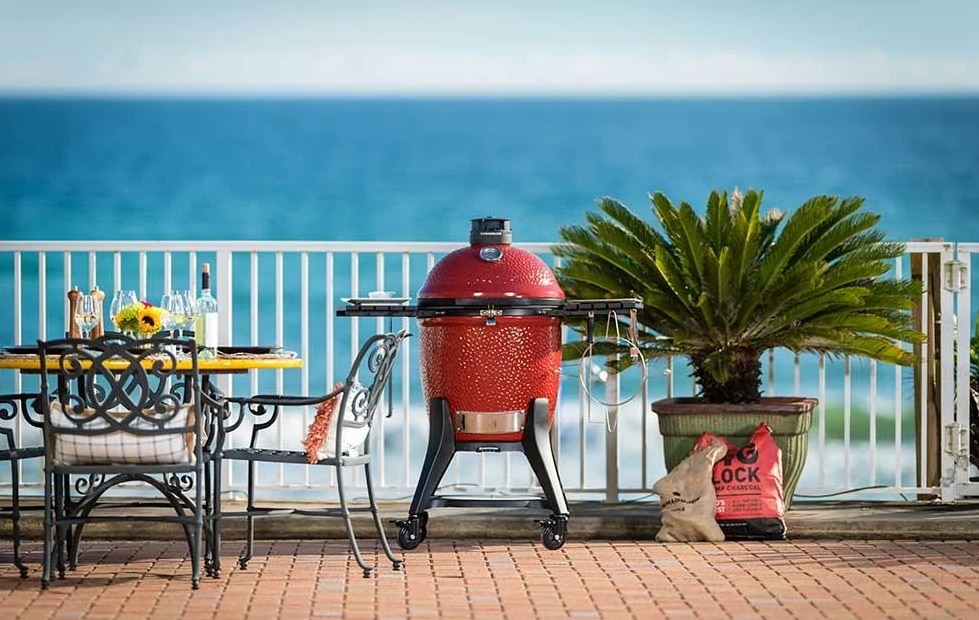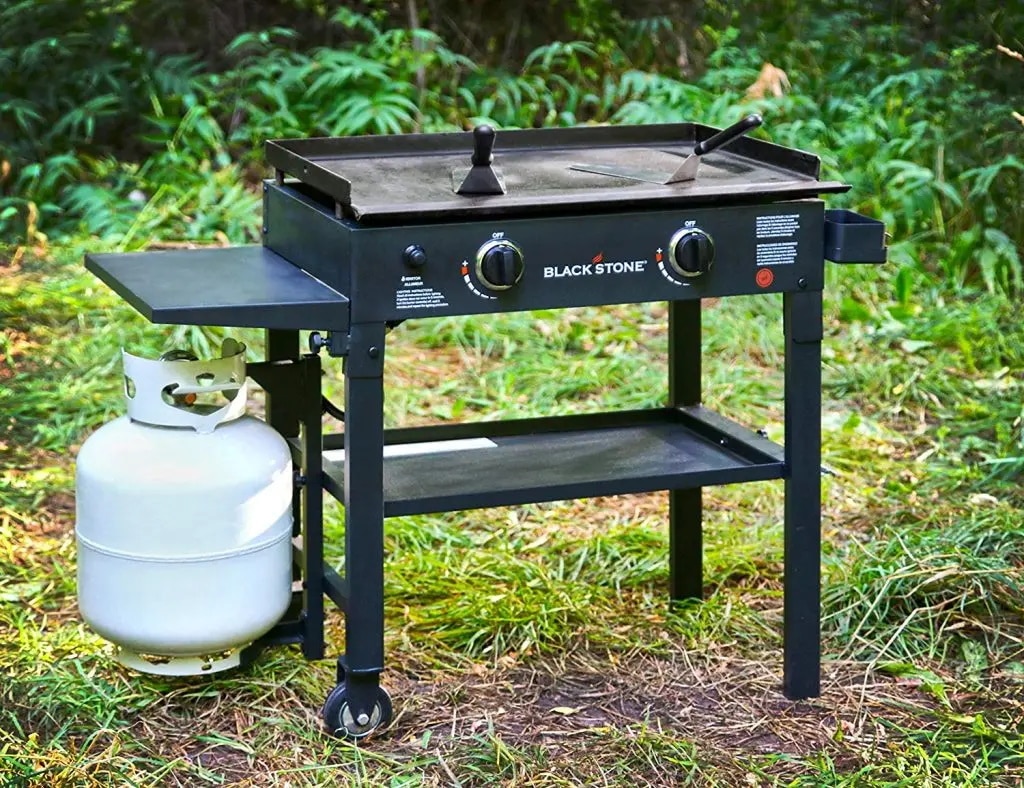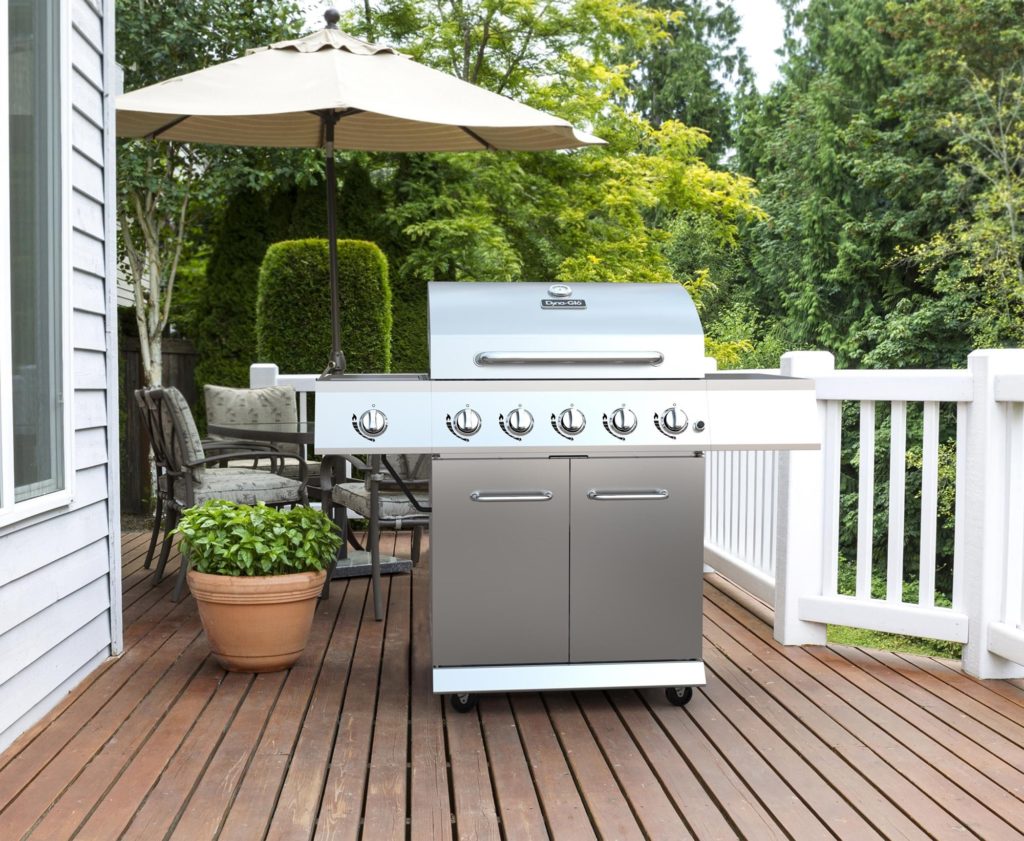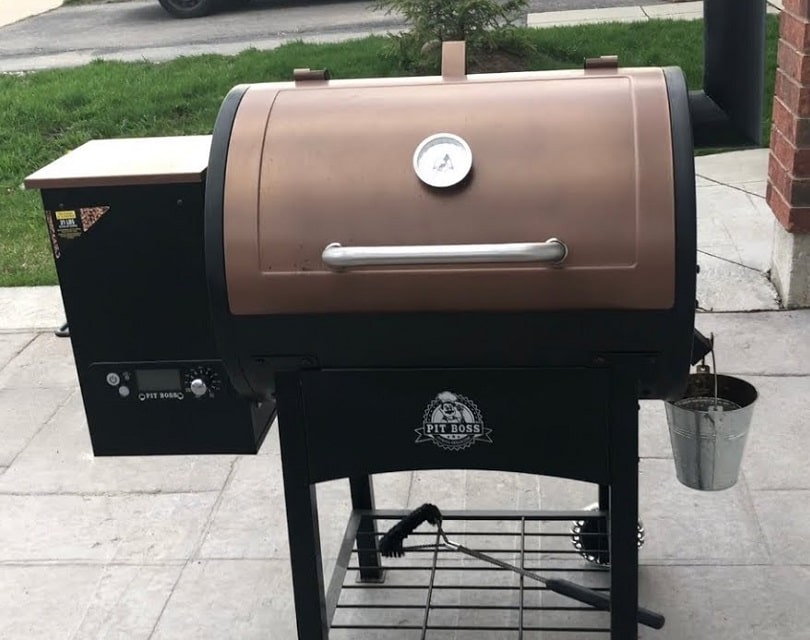

Grilling food is incredibly common during the festive periods just like the US Independence Day, Christmas celebrations, etc. Using wood or charcoal makes the food smell smoky and changes the flavor of the food incredibly. The most common meats used are steaks, hot dogs, and burgers.
Check the common types of grills available in market today starting from the charcoal, kamado, gas, electric, infrared, and hybrid grills, and their most common features and benefits.
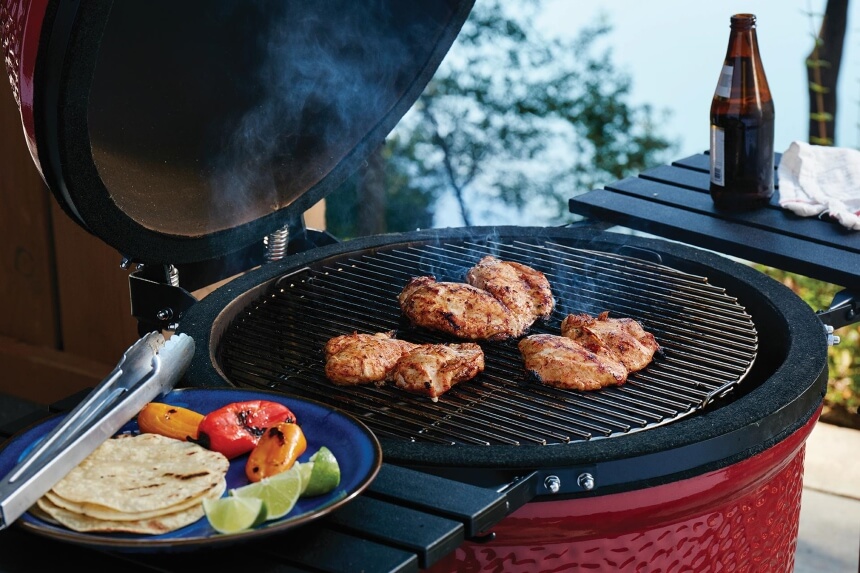
Charcoal grills use natural lump charcoal or charcoal briquettes as source of fuel. When burnt, the charcoal will transform into embers radiating the warmth necessary to cook the food. Before you even light your grills, ensure to open the vents, the fireplace will need oxygen to keep it going. After the charcoal is placed within the barbecue, you’ll control the interior cooking temperature by adjusting the vents – wider vents mean hotter flames and more oxygen, while smaller vents mean a cooler cooking temperature. Never close the vent completely or the flames will venture out.
There are many various charcoal grill configurations available. Grills are often sphere, round or rectangular, some have lids while others may or may not have a venting system for warmth control when grilling.
Pros
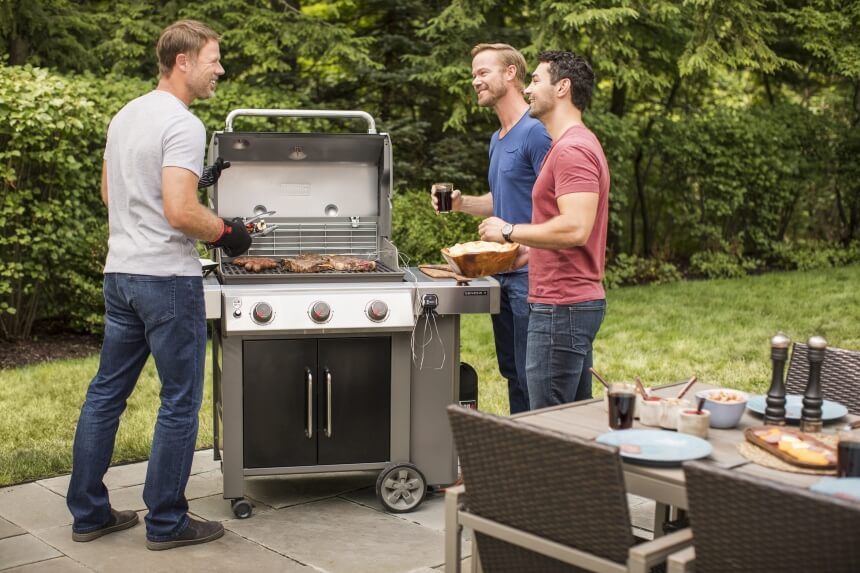
Gas-fueled grills typically use propane or butane or fossil fuel as fuel source, with the gas flame either cooking food directly or heating the grilling element which successively radiates the warmth needed to cook the food. Simply put, gas grills use gas as a source of warmth to cook food. They’re available in sizes starting from small, single steak grills up to large, industrial-sized restaurant grills which can cook enough meat to feed 100 or more people. A little metal smoker box containing wood chips may be used on a gas grills to allow a smoking flavor to the grilled food.

A grilling unit that uses an electrical element to provide a continuing heat source. The grill’s plate onto which the food is placed which is positioned above an electrical element and a drip pan is positioned on the underside of the unit to catch the additional fat and juices that drip from the food because it cooks.
Electric grills are typically portable and most are sufficiently small to put on a table or countertop. Unlike charcoal grills and gas grills, electric grills will be used indoors.
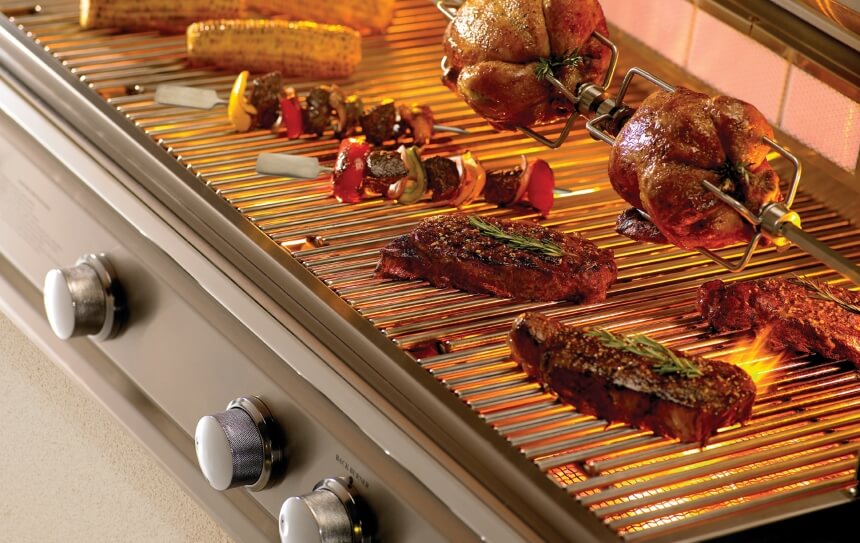
Heating up a ceramic or metallic surface produces infrared energy. These grills share several similarities with gas grills, yet they possess special kind of grates, which ensures that it cooks with infrared heat instead of the conventional direct heat adopted by gas grills. The lower part of these grates can reach a temperature as high as 800oF, while the upper part can attain 500oF.
The bottom of the grate is hit by a direct high-velocity heat. This is significantly slowed down by the grate and all this energy is stored by the metal. The heat that goes to the upper part is mostly infrared and it is a very intense form of energy. You must note that the grease that falls onto the grate doesn’t catch fire, but instead, it adds a smoky flavor to your food.
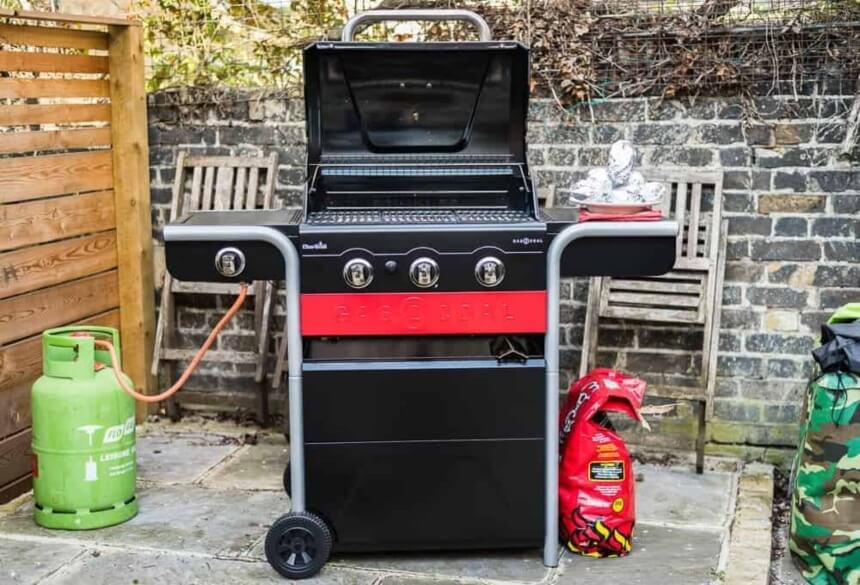
Firstly, you should remove the forged iron gates and insert a charcoal tray into the grill. Thanks to the charcoal tray, the heat is evenly distributed without flaring up. Afterwards, distribute the coal evenly and put the cooking grate back in situ. Use caution to not put an excessive amount of coal within the tray. There should still be space between the grate and coals; the underside of the charcoal tray should just be covered. You’ll be able to ignite the charcoal with the burner. A grill lighter isn’t needed. Activate the burners and wait 10–15 minutes with the lid closed. Next, open the lid and close up the gas burners. After 5 minutes, the coal should turn grey, and your grill session can get rolling.
Pros
Cons
Customers who want to shop for a grill have plenty of choices to choose from. There are many alternative types of grills available these days, usually differing on the tactic they use to cook the food. Manufacturers even have their own proprietor designs with unique features. Shoppers who haven’t got a selected kind of grill in mind may have some guidance finding out which is that the best for them.

